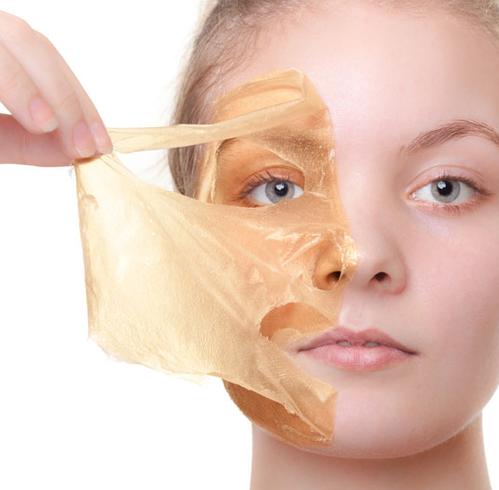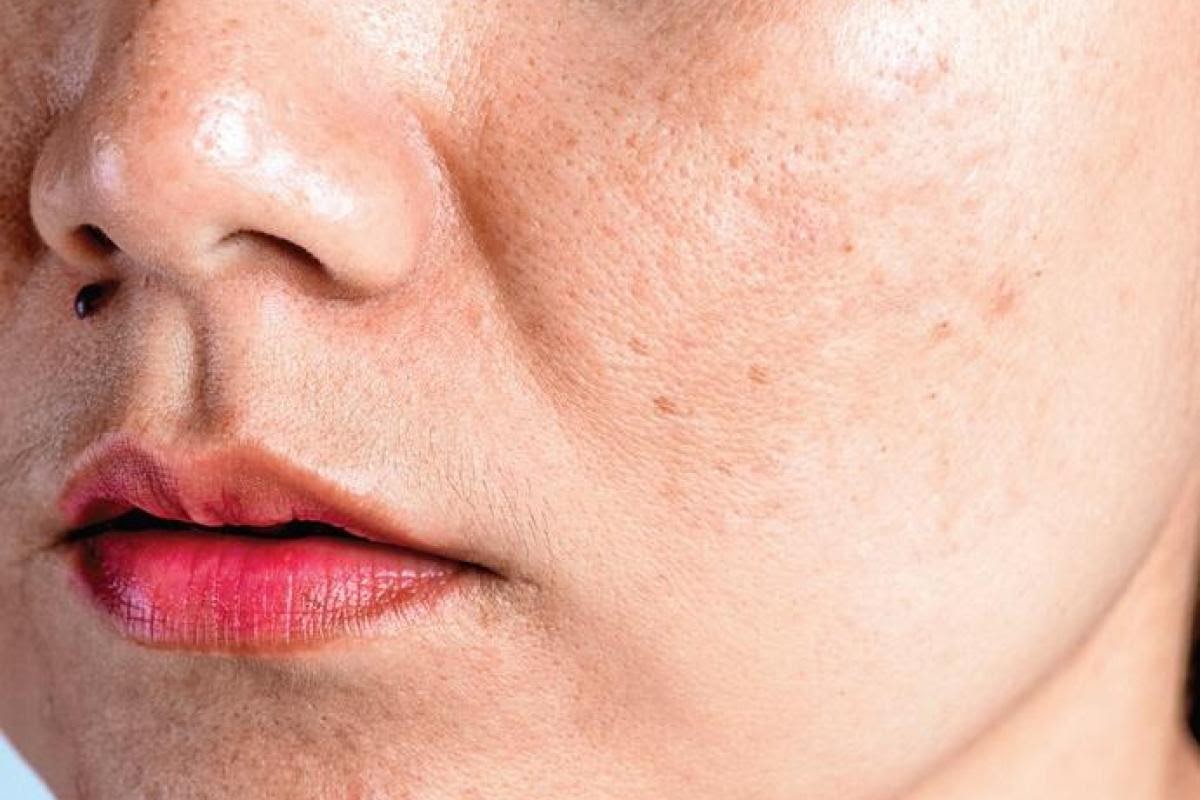Every woman aspires to have flawless skin and a flawless complexion. Free radicals, hormone changes, and sun exposure, on the other hand, can damage your skin, resulting in patchy pigmentation and dark spots, making you appear older.
In this article, Dr. Shweta who is working with one of the best skin clinics in Indiranagar, Bangalore will discuss everything you should know about pigmentation & how chemical peels can help you in skin whitening.
What is pigmentation?
The occurrence of dark (hyperpigmentation) or pale (hypopigmentation) patches on the skin is known as pigmentation. It’s a problem that a lot of people have. It isn’t life-threatening, but it can give those who want a clear and even skin tone a lot of sleepless nights.
Let’s take a look at what causes pigmentation before we look at how to successfully treat it as discussed by our dermatologists–
What causes pigmentation?
- Melanocytes are pigment cells found in our skin. These are the cells that create melanin, the pigment that gives skin its color. Our skin color is determined by the quantity of melanocytes present in our skin. Melanin protects our skin from the harmful effects of UV radiation in addition to providing its color. Melanocytes create more melanin as our skin is exposed to more sunlight. Excess melanin is then deposited beneath the skin, resulting in a tan, darker areas, or pigmentation.
- If your job or lifestyle requires you to be outside in the sun, you’re setting yourself up for long-term pigmentation and aging. UVB light causes sunburns by burning the topmost layers of skin (epidermis). UVA radiation, on the other hand, can penetrate deeper into the dermis of the skin, causing melanocytes to create extra melanin, resulting in pigmentation.
- Hormonal imbalance, which is commonly caused by pregnancy or the use of birth control pills, is another cause of pigmentation. Melasma is the medical word for this ailment. Other factors include acne and skin conditions such as dermatitis, eczema, and others.
Epidermal (superficial), dermal (deep), and mixed pigmentation are the three types of pigmentation. So, depending on the severity of the skin condition, our dermatologist in Indiranagar will suggest the best pigmentation therapy to get rid of pigmentation.

Chemical peel
A chemical peel is a procedure for improving the appearance of the skin that is not confined to the face and may be applied on the neck, chest, hands, arms, shoulders, and legs. The skin is treated with a chemical solution that causes it to exfoliate and finally peel off. The new skin, which has been regenerated, is usually smoother and less wrinkled than the old skin.
“Chemical peels can improve your appearance in a short amount of time by decreasing blotchy and uneven pigmentation, fine lines and wrinkles, freckling, age spots, sun-damaged skin, and acne scars. Chemical peels help to promote the growth of new cells. Enjoy the feel of new, smooth skin!”- Says our dermatologist who is working with one of the best skin care clinic in Indiranagar.
Chemical peeling is a skin rejuvenation procedure that uses a chemical application to remove dead cells and imperfections from the superficial to deep layers of the skin.
Types of peels
Superficial peels- Superficial peels are used to smooth rough, dry skin, enhance the texture of sun-damaged skin, and level skin tone.
The healing is usually quick and includes mostly mild flaking. To get the desired result over time, a series of treatments is usually recommended. There is usually no downtime, and with proper sun protection, you can resume your normal activities right after.
Medium peels- Medium peels have a larger concentration of strong acids. A person with fair skin is the greatest candidate for a mild peel. Medium peels target the epidermis and upper dermis, causing the skin to peel after 5 to 7 days. The skin appears red and sometimes swollen immediately after therapy. The skin turns dark in color after a day, and after 3 or 4 days, the skin begins to peel.
Within 7 to 10 days, new skin that is even toned, fresh, and silky appears. Pigmentation, scars, acne scars, wrinkles, and uneven skin can all benefit from this. Depending on the health and problems of the skin, this treatment can be repeated every 1 to 6 months.
Deep Peels- The most dramatic results are achieved with deep peels. This peel is used to treat wrinkles, scars, blemishes, and precancerous skin lesions in some situations. The dermis is the goal of a deep peel. Anaesthesia may be required during the procedure in some circumstances to alleviate the warm to hot stinging sensation. Over the course of one to two weeks, many layers of the skin will peel away. To keep the region moist, an ointment can be used. The new skin will initially have the color and feel of severe sunburn, but this will diminish over time to reveal your natural skin color. Deep uneven pigmentation, smoker’s wrinkles around the lips, scars, age spots, acne scars, and facial wrinkles all benefit from this treatment. This treatment is normally done every 6 to 12 months, depending on the state of your skin and the problems you’re trying to solve. After the old skin peels away, the new skin seems to be fresh, clean, even, and baby smooth.

